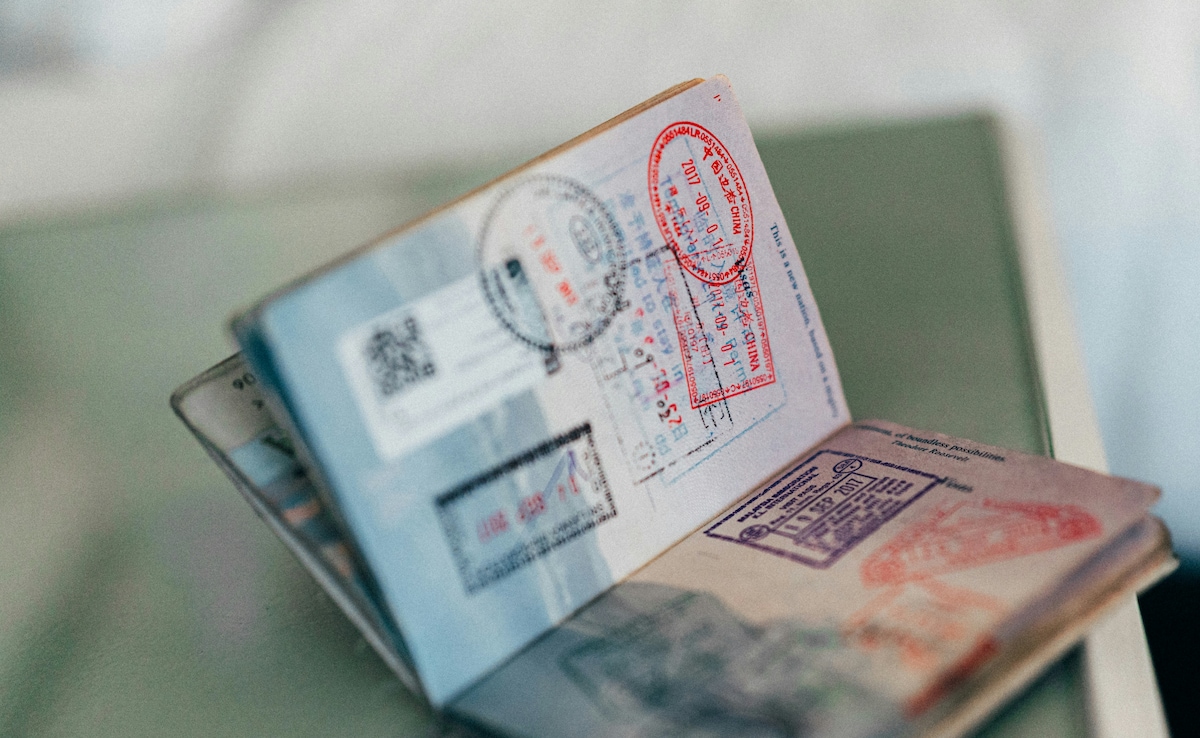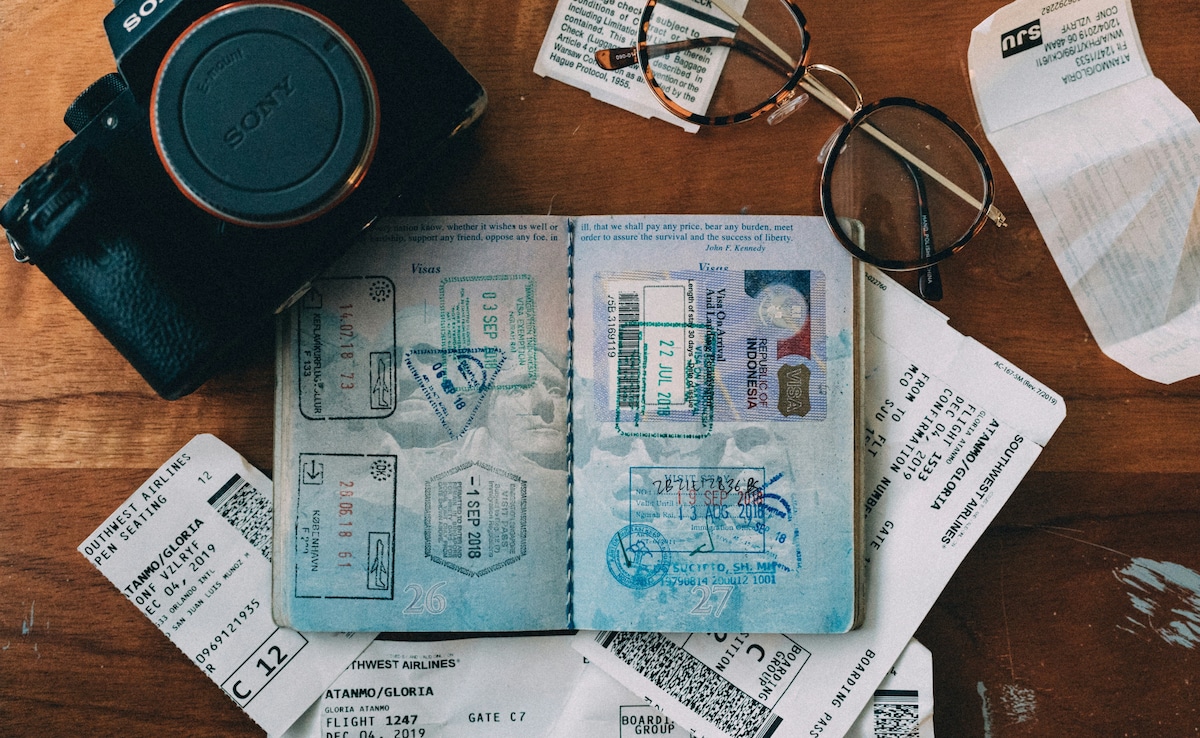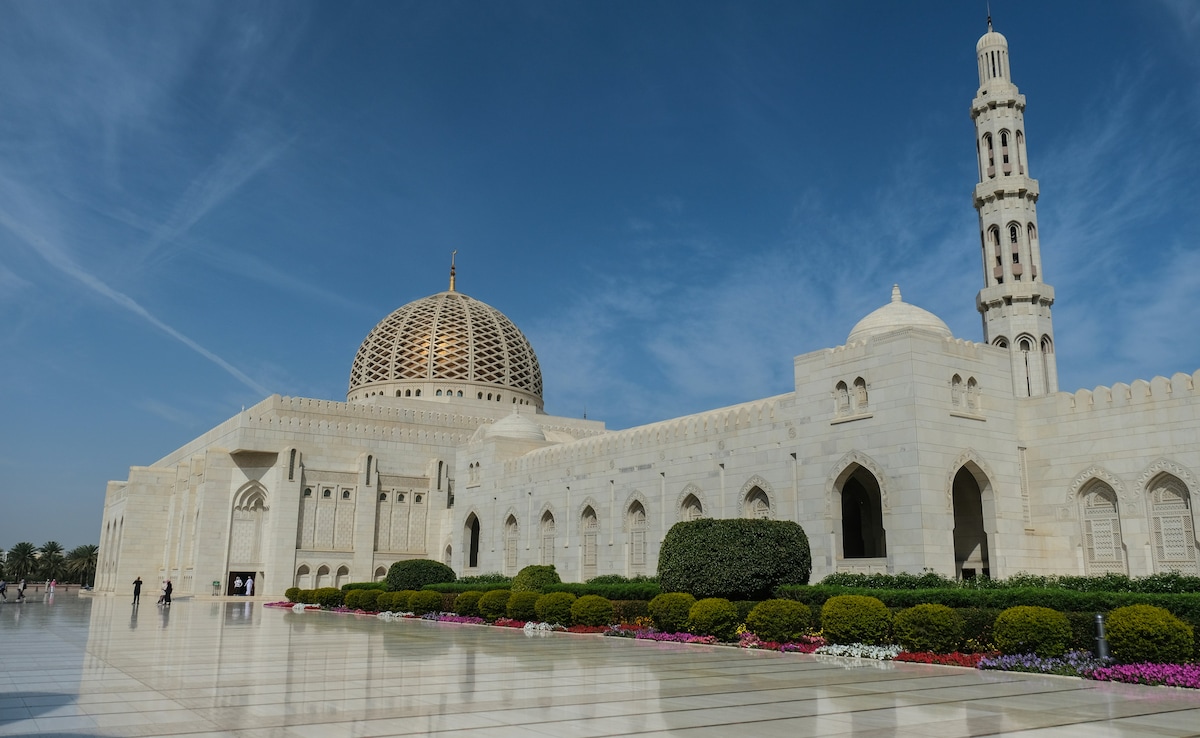
Across the Gulf, cultural policy is gaining momentum, but Oman has taken a measured and grounded approach by focusing on people rather than prestige projects. On November 10, 2025, the country introduced a cultural visa category aligned with Oman Vision 2040, a long-term strategy centred on knowledge, innovation and cultural growth. It is a move that aims to build a more open and collaborative ecosystem for artists, researchers and creative professionals from around the world.
For creators in South Asia, this is particularly relevant. Many face rising living costs in traditional creative hubs and increasingly complex visa processes in Europe. Oman offers geographic proximity, cultural familiarity through long-standing India-Oman ties, and a practical pathway for those who want room to work, collaborate and set down temporary roots without excessive bureaucracy.
Also Read: 3.6 Billion Years Old And Counting. Meet Earth's Oldest Mountains
What The Cultural Visa Actually Is

Photo Credit: Pexels
The cultural visa creates a straightforward route for foreign nationals who want to visit or live in Oman for cultural, artistic or research-focused work. Instead of navigating generic categories, applicants now have a dedicated visa that recognises the value of cultural contribution.
Applicants must secure sponsorship from an accredited Omani institution. These may include the Ministry of Culture, Sports, and Youth, universities, cultural centres or festival organisers. Sponsors confirm the visitor's purpose, support the paperwork and vouch for the relevance of the applicant's work.
“The visa provides a clear legal route for foreign nationals entering the country for cultural activities,” according to official statements from Oman News Agency. This allows institutions to invite participants without redirecting them through unrelated visa types, and it positions cultural work as a recognised category within Oman's growing creative sector.
Once the framework is clear, the next question is who qualifies.
Who Can Apply: A Broad Window Of Eligibility

Photo Credit: Unsplash
Oman has kept the eligibility criteria wide to reflect the diversity of today's creative fields. The visa covers foreign nationals visiting for:
- Temporary residence linked to cultural exchange or training
- Academic or research collaboration in culture, arts or heritage
- Participation in intellectual or literary festivals and conferences
- Attending or organising cultural or artistic exhibitions and events
This includes writers, poets, performers, designers, musicians, researchers, digital creators, photographers and cross-disciplinary practitioners. The broad scope signals that Oman intends to welcome a full range of creative and academic voices, from traditional arts to new-age digital formats.
Family Inclusion: One Of Its Strongest Features
The “Cultural Joining Visa” allows spouses and first-degree family members to accompany the main applicant. Many creative professionals hesitate to relocate because of restrictive dependent rules in other countries. Oman's approach acknowledges that long-term cultural work often involves family considerations. This makes the visa particularly appealing for creators who want stability while working on multi-year projects or research collaborations.
Visa Duration And Pricing

Photo Credit: Pexels
The visa offers three duration options:
- One year
- Five years
- Ten years
All three cost the same amount: 50 Omani Rials annually, which is roughly 11,500 Indian Rupees per year.
This flat-rate structure keeps the entry barrier low, whether you begin with a one-year stay or commit to a decade. The visa must be activated within three months of issuance. If it is not activated within that window, it becomes invalid. The timeline ensures clarity while providing enough flexibility for relocation planning.
With the logistics understood, the article can naturally move towards the people who benefit most.
Also Read: Flying Overnight? 10 Simple Tricks To Beat Jet Lag And Land Looking Alive
Who Is Eligible For Oman's New Cultural Visa

Photo Credit: Pexels
1. Writers and Journalists:
Oman's cultural and historical landscape offers strong material for essays, reportage and long-form storytelling. Writers can also connect with regional media, literary circles and translation communities.
2. Researchers and Academics:
Universities and cultural bodies are expanding work in heritage preservation, social sciences and cultural studies. This creates opportunities for structured collaboration.
3. Digital Creators and Filmmakers:
Oman's varied terrain, from mountains to coastlines, offers visually compelling locations for documentaries, travel series and digital content. For Indian creators accustomed to filming across diverse terrains at home, Oman offers a new palette without long flights or heavy costs.
4. Visual Artists and Designers:
Local galleries, festivals and cultural programmes offer collaboration opportunities and exhibition platforms.
5. Musicians and Performers:
Cultural festivals and creative events provide platforms for performance, experimentation and cross-cultural collaborations.
6. Photographers:
Architecture, natural landscape and cultural craft traditions make the country a rich destination for visual work.
Together, these opportunities create a compelling environment for individuals across different creative sectors.
How This Visa Stands Out Globally

Compared with other Gulf nations that prioritise high-income professionals, large investors or corporate employment, Oman stands out for recognising cultural contribution as a vital asset. It acknowledges that creative practitioners bring intellectual, social and economic value that extends beyond standard metrics.
Compared with Western countries that offer creative or freelance visas but often require detailed financial thresholds or quick-turnaround audits, Oman's sponsorship-led model feels more accessible. It emphasises purpose, legitimacy and cultural relevance rather than strict income proofs.
The visa's combination of flexibility, affordability and family inclusion makes it a practical option for those looking for stability without rigid constraints.
The Application Process

While details are still being finalised, the general process is straightforward.
Step 1: Identify a Sponsor
Find a recognised Omani cultural institution willing to sponsor your residency. This could be a university, cultural centre, ministry, or festival organiser aligned with your professional purpose.
Step 2: Submit Documentation
Provide proof of your professional credentials, previous work, and the nature of your cultural contribution. Documentation should clearly demonstrate why your presence benefits Oman's cultural landscape.
Step 3: Secure Sponsorship Letter
Your sponsor submits a letter confirming your professional purpose and their willingness to host you.
Step 4: Apply for the Visa
Submit your application through official Omani immigration channels with all supporting documents.
Step 5: Activate Within Three Months
Once approved, enter Oman within three months to activate your residency.
Also Read: How To Book Tirupati Balaji Darshan Without Stress: A Step-By-Step Guide
Practical Realities For Living And Working In Oman

Language:
Arabic is the official language, but English is widely used in universities, creative institutions and urban centres. Learning basic Arabic is helpful for daily life.
Cost of Living:
Oman is more affordable compared with many European creative hubs and even several Gulf cities. Rent, food and general expenses feel manageable for many creators from South Asia.
Cultural Environment:
Oman maintains conservative social norms balanced with a reputation for hospitality and openness. Visitors are expected to follow local guidelines on dress, behaviour and alcohol.
Networking Opportunities:
The creative scene is growing, and its size allows for more meaningful exchanges rather than crowded competition. This benefits creators who want deeper artistic or academic engagement.
Geographic Proximity To India:
Direct flights from cities such as Mumbai, Kochi, Delhi and Hyderabad make travel straightforward. Proximity also makes short-term residencies and repeat visits feasible.
These points provide clarity on what daily and professional life might entail for potential applicants.
Why The Cultural Visa Matters For Global Creators

Oman's new cultural visa reflects a shift in how nations perceive cultural labour. By creating a specialised route for writers, filmmakers, researchers and artists, the country signals that creative workers are integral to its intellectual and social growth. This support offers stability to those who often navigate uncertain visa pathways elsewhere.
For creators in South Asia, especially India, the visa offers an accessible alternative to crowded and expensive international hubs. It provides affordability, institutional backing and a setting where cultural participation is taken seriously.
The Bottom Line
Oman's cultural visa represents a commitment to a future where artistic and intellectual work is valued, supported and encouraged. For creators, researchers, writers and digital storytellers seeking a place that offers stability without overwhelming costs, the Sultanate presents a compelling option.
Whether you want new landscapes to work from, room to collaborate with academic and cultural institutions or a regional base that balances affordability and opportunity, this visa opens a door that feels both practical and promising. Oman is investing in its cultural landscape, and it is inviting global creative talent to play a part in shaping it.
Track Latest News Live on NDTV.com and get news updates from India and around the world

